Internationally-renowned landscape architect Todd Longstaffe Gowan joined us on at a rainy lunchtime, helping us to look at how landscaping can create a public space residents will love. Within the group there are a diverse range of perspectives including residents, local history enthusiasts, and people concerned with accessibility.
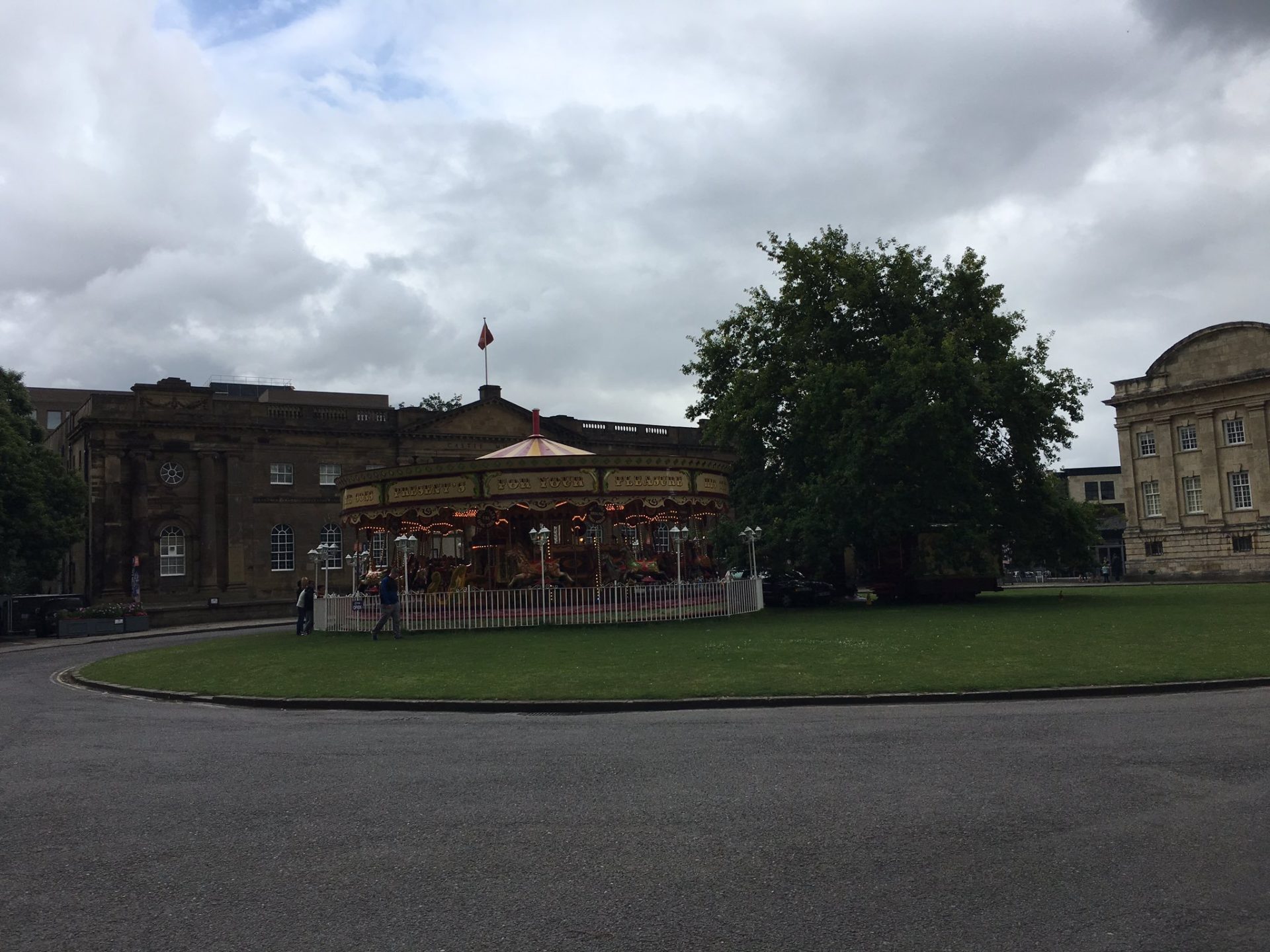
We start the tour at the Eye of York. Todd reflects on the fact that the current area does not connect well to the rest of the city’s landmarks or the river, and lacks a sense of wonder upon arrival. The majesty and history of the buildings is lost at the moment.
Looking around the area, the entrance to York Castle Museum, in Todd’s view, not terribly well sited. Revealing the walls behind would create a more fitting entrance to the area’s buildings.
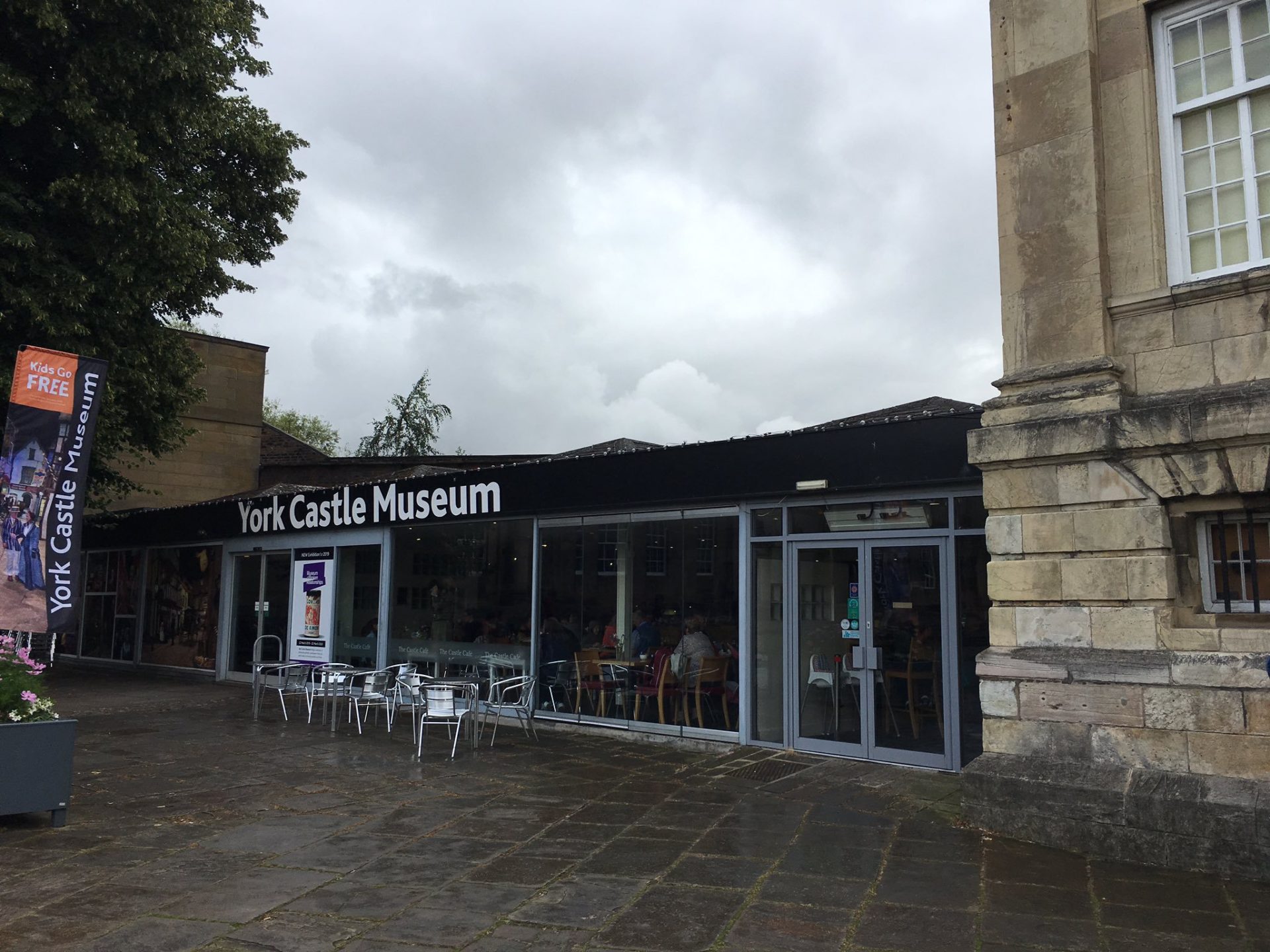 Within the Eye of York area, Todd also feels the site is too permeable; there is no sense of how to arrive, and what is important here. One idea is to remove the tree on the Eye of York to reveal views of the Museum’s buildings. Narrowing some entrances and creating different routes in could also make the arrival more dramatic.
Within the Eye of York area, Todd also feels the site is too permeable; there is no sense of how to arrive, and what is important here. One idea is to remove the tree on the Eye of York to reveal views of the Museum’s buildings. Narrowing some entrances and creating different routes in could also make the arrival more dramatic.
The Eye of York’s history is long and fascinating, as a place of power and politics. It’s owned the crown, has a separate legal status and is also the centre of Yorkshire – but this special and interesting status is not apparent at the moment. Todd feels landscaping can help to establish the Eye of York’s special nature.
Todd tells us that public spaces like this were the type governments used to discourage. By this, he means places where people congregate next to places of authority. He says a paved area, instead of a green space, might encourage people to gather here once again. Any greenery lost could be added on the riverside.

As we turn to Clifford’s Tower, Todd tells us that the manicured, neat areas are driven by a ‘20th Century Ministry of Works’ approach to showcasing buildings of importance.
A different approach can bring life to the motte. Todd calls for some radical thinking, from revealing the wall, to giving levels for children to play, to allowing sheep to graze occasionally. There are even mobile shepherds who take their flocks around the country where needed, so this suggestion is not beyond the realm of possibility.
Indoors, and much to everyone’s
relief, out of the rain, we discuss plants. The group discusses seasonal flowers and wild flowers to complement the daffodils which now adorn the motte.
Turning attention to the Foss, Todd hopes the York Castle proposals for landscaping and walkways will reveal the majesty of the museum’s buildings and set a standard for the other side of the river. Todd says ecology and public use can be complementary.
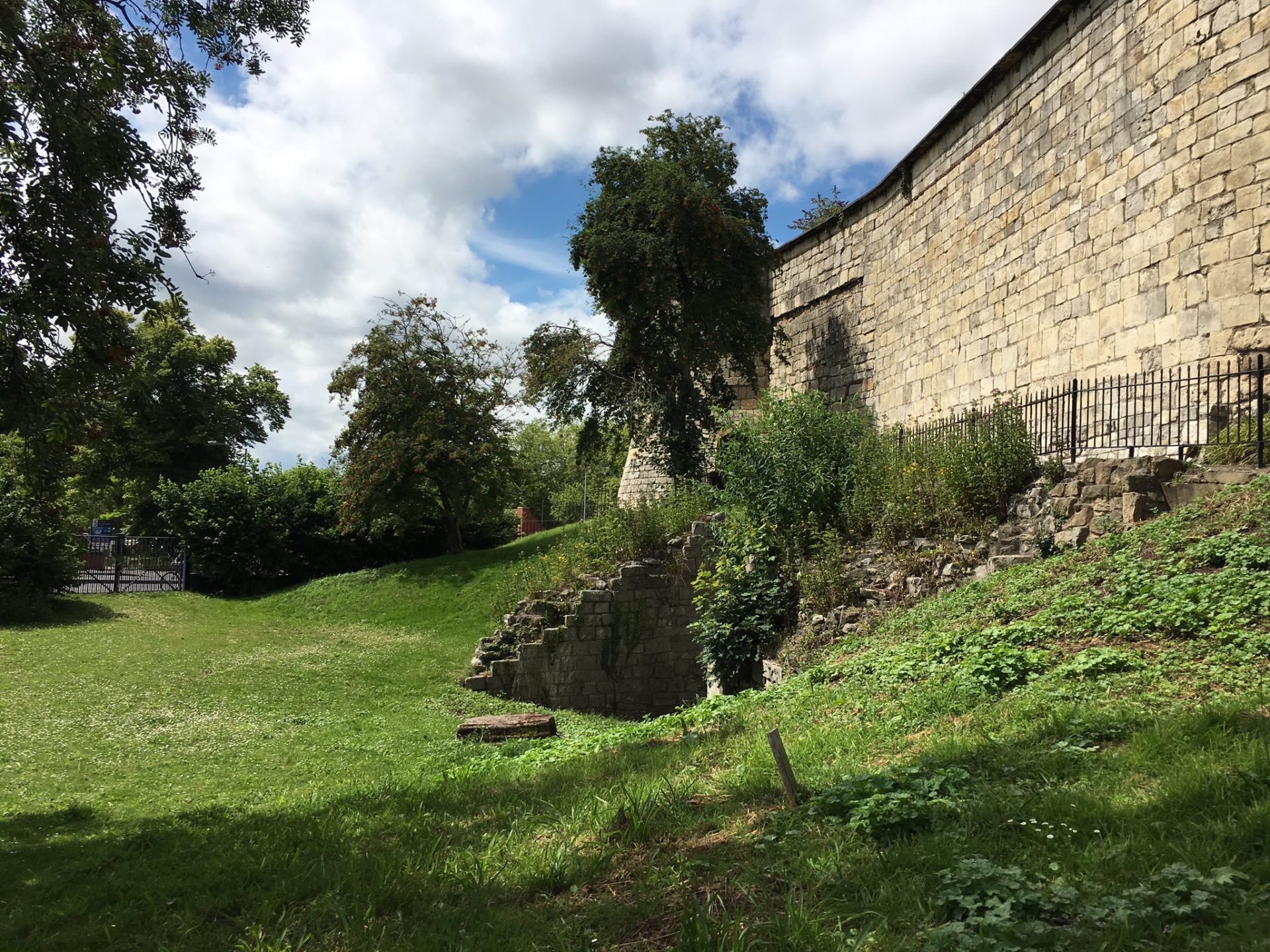
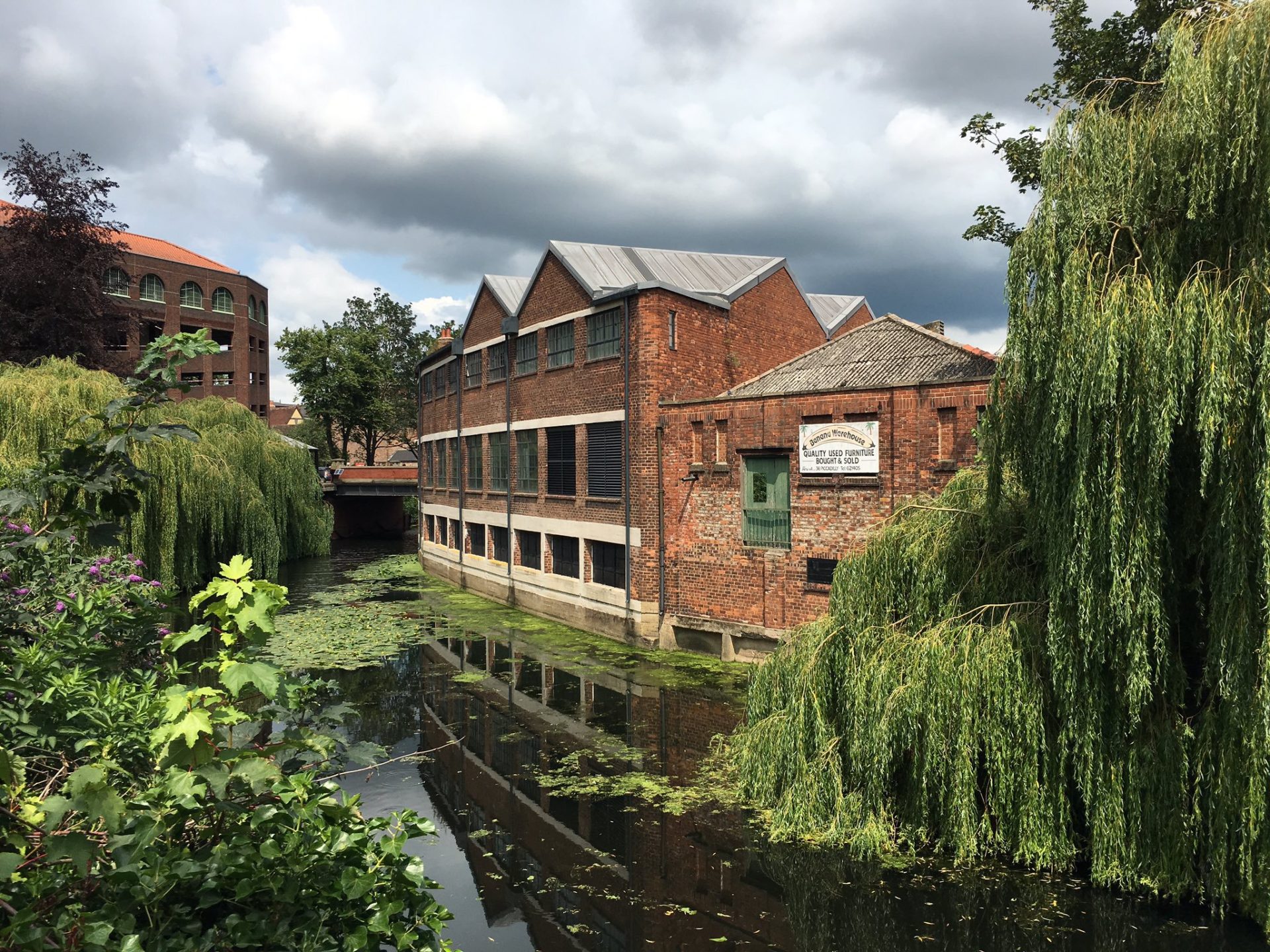
Todd feels that asking the landscape to work a bit harder, especially with local people and groups involved in managing it, we could deliver a very rich landscape. Simply creating wonderful and pretty gardens would not represent its history. Todd feels there’s plenty of scope for a more natural environment, especially at this junction, with some more austere spaces inside could be dramatic and reflect the area’s history.
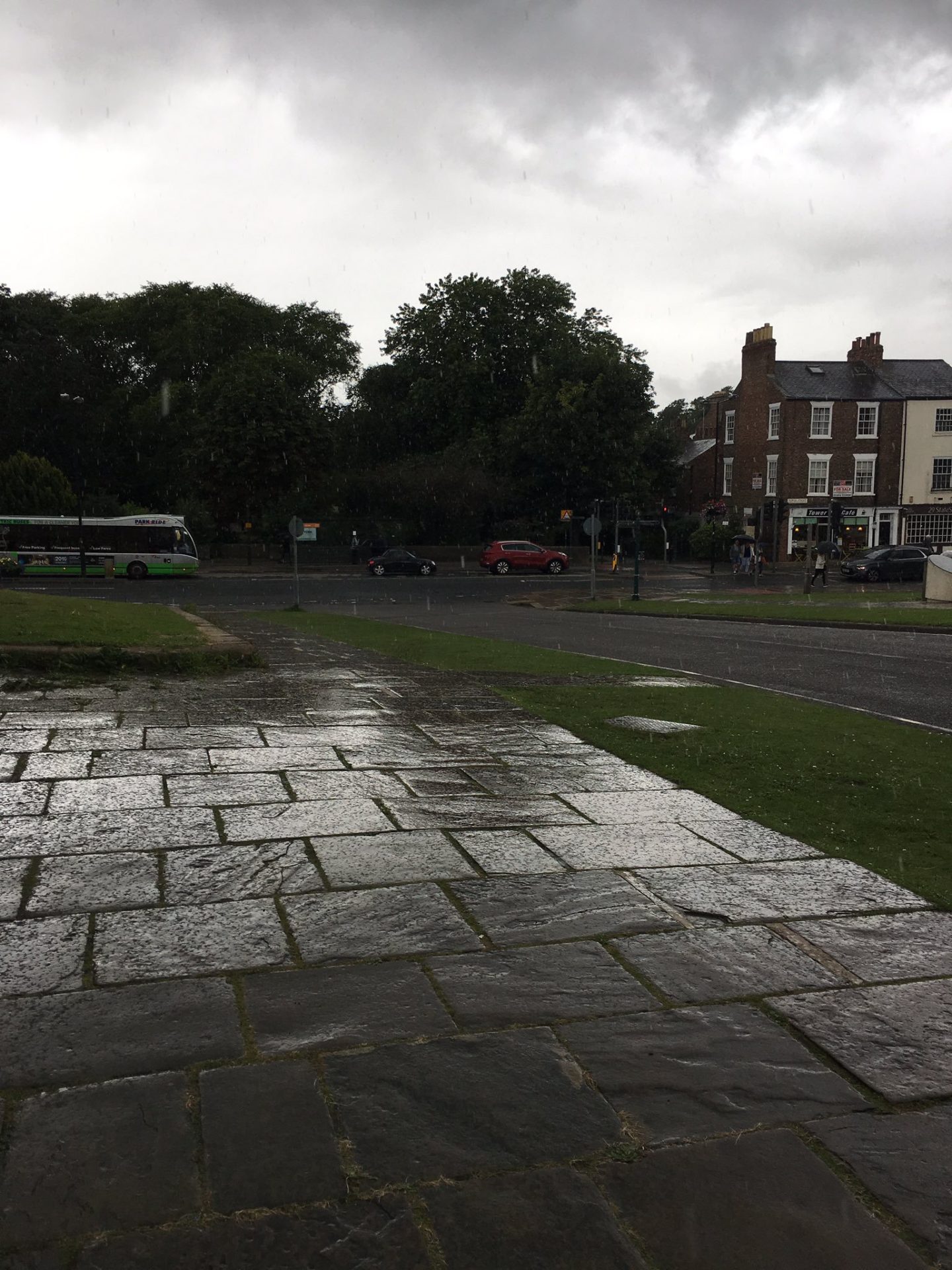
River safety is a key theme of our conversation. Todd doesn’t feel the whole riverbank has to be accessible, but a stepped area along or above or will connect people to the living ecosystem below it.
The approach to the museum and Castle/Eye of York is set to change with the parking moving to St George’s Field. Each of these entrances needs to feel special and coherent, and one member of the group feels Tower Gardens has to feel part of the connection to the area.
Our conversation ends with Todd urging the group to think about what spaces in York appeal to you and why. Take a picture or make notes and tell us what makes that place or feature memorable, so we can build that into the brief for something special here at the Eye of York.